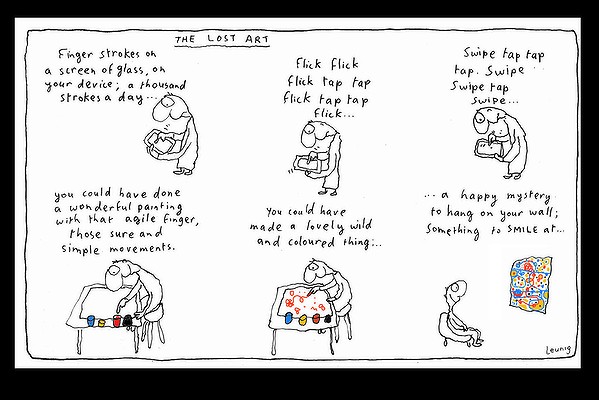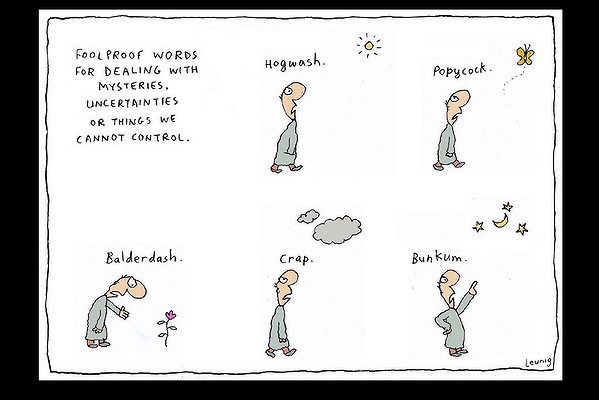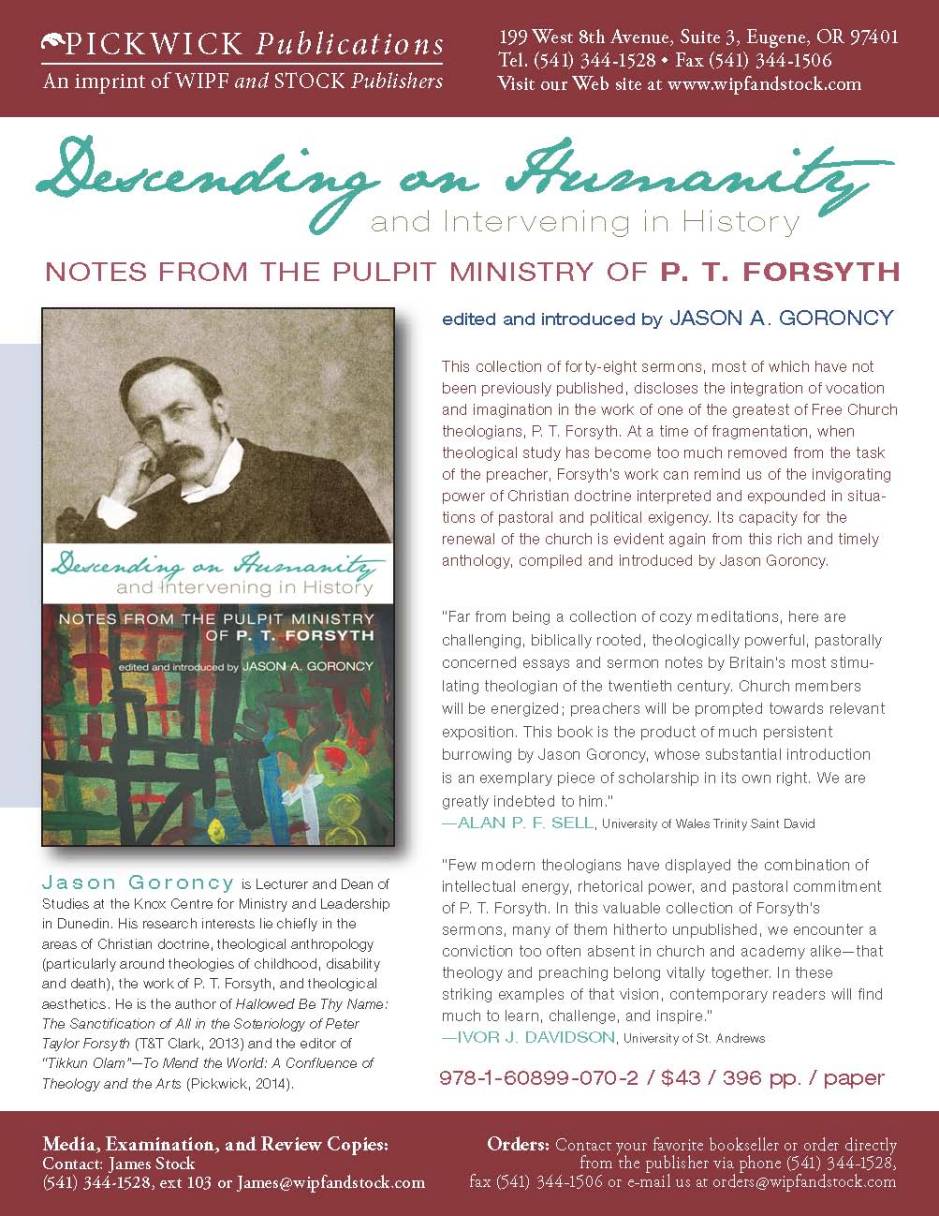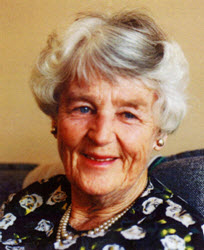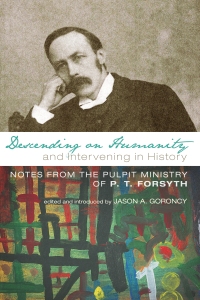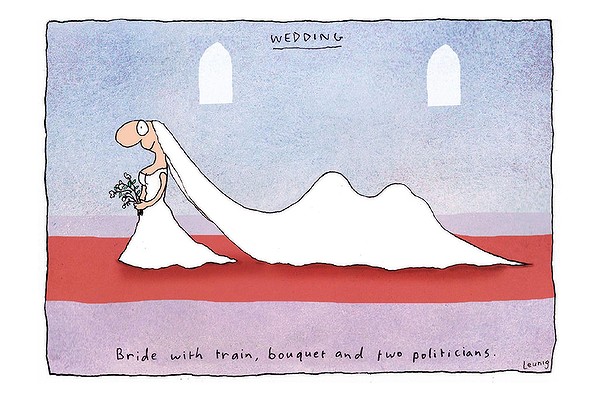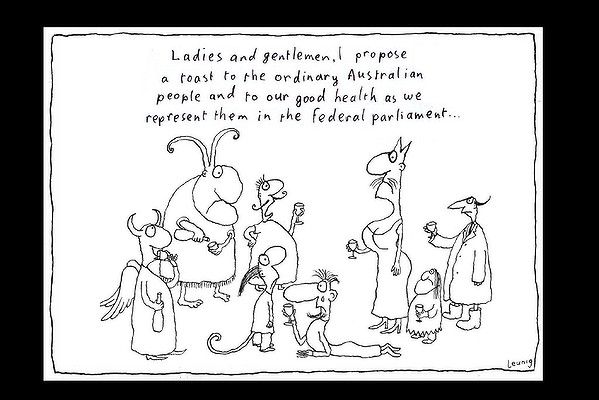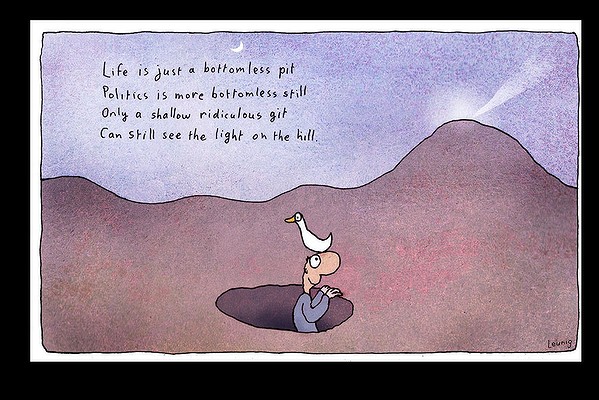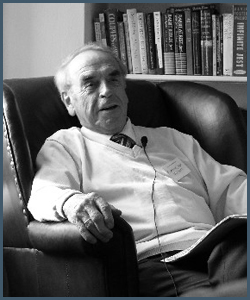 This piece by Jennifer A. Franssen rang too many bells to not repost:
This piece by Jennifer A. Franssen rang too many bells to not repost:
A perplexing fate awaits a reader in an elementary school. There is no place for this strange child in classroom, library or playground. Watching my daughter caught in this predicament I find myself troubled by the paradox of an institution charged with teaching children to read that seems unable to offer either welcome or nourishment to the ardent reader within its walls.
With the arrival of the child came the books. From the shelves of used bookshops, thrift stores, libraries and Oma’s house, from the Amazon and Indigo warehouses, out of wrapped packages at Christmas and birthdays the books arrived like an endless small town fair parade – floats, marchers, brass bands, clowns – some finer than others, in crowds bunched together or singly straggling, not well-marshalled, but hanging together somehow. Each met with narrowing, gleaming eyes – what will this one do? Mother Goose, the Grimms, Kipling, Seuss, Beatrix Potter, Edward Lear and the Ahlbergs. A perverse favourite known as “Josh and Jude” that put readers-aloud into hypnotic trance.
By the time the child started school she had taught herself to read. Joining the carnival, she kept company with her favourites as long and as often as she liked. She met Moomintroll and Mary Poppins, Dido Twite and Pippi Longstocking, Loki and Laura Ingalls, Borrowers and Bastables, Swallows and Amazons. Awake and dreaming she gazed on Asgard, Olympus, Canaan, and Camelot. She lived at Willoughby Chase, Villa Villekula, and Greene Knowe. She stopped reading only when the book was pried from her small hands.
The books from school came home in a Ziploc bag with a detailed letter explaining how her parents or caregiver should read with her at home every night for ten minutes. The first small ten-page book was called “Noise,” its recurring line “Yukka, dukka, yukka, dukka, ya, ya, ya.” There was one book to last the week. “Noise” was the beginning of a parade as well. All entries wore the same uniform, had the same number of performers and arrived at precise weekly intervals. The drill lasted ten months a year for four years. In December of the first year, the child said she wanted to get up off the kerb and go home.
I
At the parent-teacher interview, the child’s mother sits in a small chair, knees at her chest.
“I wondered about the reading,” says the mother. She holds up two books – The Borrowers, from home, and A Bad Day, from school. “Do you have any books more like this one she just finished reading? She’d love to bring something more like this home from school, and it might . . . well, make more sense than sending these other kinds of books home.”
“Sequential levelled readers” are making their punctual way to the house in the backpack, one every week. The teacher leans forward and says, mysteriously, “There is a difference between decoding and comprehension. Perhaps she is decoding that book, but she isn’t comprehending it.” Raised fingers twitch around his words.
II
From junior kindergarten to Grade 2, the child’s classes march linewise down the hall to the school library for a weekly visit. Pre-selected books in a box wait to be grabbed and checked out at the end of library period. The students file in and obediently sit down. The librarian dims the lights and presses play on the DVD player. The child reads in the dark as the videos play. The librarian confiscates the book. “Stop reading and watch this movie.”
III
During library period in grade 4 the librarian teaches the children computer skills: making their names appear in various colours and fonts on the screen and designing brochures. At the end of the period there are a few minutes to check out two books. Most children decline the offer. The child sees a book she wants high on the top shelf and asks the librarian to reach it for her. “No. You can’t have anything with a yellow sticker. They are too hard for you. You might be able to read it, but you wouldn’t understand it. Pick one of the books with green stickers.” Green stickers mark the spines of The Magic School Bus, The Babysitters’ Club and The Pokemon Guidebook. The book the child has just finished reading, Oliver Twist, is not in the library at all.
IV
It is the first day of school in grade 3. All morning the child looks forward to recess. The pavement is still warm in September. She will make a pillow of her jacket and lean against the brick wall, reading. The bell rings. The teacher pulls her from the line on the march downstairs, “Give me the book. You have toplay outside during recess.”
That afternoon, the child tucks The Two Towers inside the sleeve of her jacket before she makes her way outside. Vigilant against unauthorised reading, the teacher looms in the stairwell. She puts her hand out. “Give me the book. That’s sneaky – hiding that book under your jacket.” Then, very slowly and clearly, “Don’t – be – sneaky.”
V
The teacher calls the child’s mother. “She has to stop talking in class about the books she’s reading. It’s very insensitive. She’s making other students feel bad.”
“They feel bad? Why? What is she saying?”
“She said that Harry Potter isn’t hard to read.”
* * *
School is no place for a reader. An object of suspicion and a source of discord in the classroom, the reading child is a threat to school harmony. Her act of reading is itself a provocation to authority. She must be stopped and made to play team games or gaze dumbly at a screen. The silent reader dangerously escapes supervision and the escape is most threatening when the content of the book is unknown.
But reading boosterism is everywhere. Notices in the hallways advertise the Book Fair. Slogans abound. “Reading Rocks!” “Reading is Cool!” “I ª 2 Read!” Oracular posters prophesy “TODAY A READER, TOMORROW A LEADER.” A spurious promise. Reading seems at least as likely to undermine a desire to “lead” as to encourage it. In the act the reader retreats from the world, makes herself absent from the forum. When I think of “readerly leadership” Tolstoy’s General Kutuzof comes to mind – observing, waiting, delaying action, frustrating the ambitions of courtiers and counsellors. His was a leadership prone to doubt, aware of the vagaries of chance, and the unpredictability and frequent futility of action – “When in doubt, don’t.”
The Book Fair tables are filled with things that aren’t books – pencil sharpeners, stamp art kits, novelty pens – and things that only look like books – video game character guides, Lego sets packaged in a book form, One Direction Fact Books, Power Rangers and Angry Birds advertisements disguised as “Early Readers.” The Book Fair is a hoax.
Not only does school present a shallow conception of what reading is, the experience of school offers almost no opportunity to read with pleasure. Readers need relatively quiet libraries and classrooms well-stocked with excellent books, tended by well-read teachers and librarians always ready to suggest a book or to read out loud with enthusiasm and familiarity with the story.
The judgement of teachers and librarians putting books in the hands of children should be formed through wide reading, experience and appreciation of written language. Instead a member of one school library committee in Ontario can say that he doesn’t see any difficulty at all in consolidating two school libraries into one, smaller, space. After all, he never has any of his students check a book out of the library. “What’s the point? They should be using Wikipedia.” His fellow member (two of this type, on one small school board committee!) concurs, “I have taken loads of courses over the years – upgrades, professional development, content courses – I have never needed to read a single book. No one reads books anymore. It’s all articles and PowerPoint.”
School libraries are filled with computers and the shelves are filled with dreck based on video games, cartoons and movies. It is said that this is the only way to tempt children away from screen to page, but these book impostors are created to foster and capitalize on an appetite for a product. Is it likely that “Barbie in a Mermaid Tale,” printed out as sixteen pages of dull and disjointed summary, will increase the odds of the child reading Alice in Wonderland or Swallows and Amazons? Whatever the market may cast before consumers, school should not be its enthusiastic accomplice in corrupting the taste and abilities of the young. We must know these things for what they are. The Pokemon Character Guide is not a book, it is a toy. Children ought to have toys, but they should also have books.
Chances for reading in school are too frequently squandered on something else – computer training (a ludicrous idea equivalent to teaching students how to operate a DVR or a microwave oven), fundraising, and, most egregiously, watching mainstream commercial movies and television programs. Why, if reading is universally agreed to be essential to learning, if we all “ª” reading, would teachers choose to fill those inevitable unplanned 50-minute periods with a movie rather than have students read to themselves, or hear a book read aloud? Every child in school lives in a world throbbing with noise and the constant flickering of video display. Why would a movie ever displace the chance of a quiet hour with a book in school?
Sitting in waiting rooms with children over the years I have had the same experience time and again: when I open a book and read out loud every child in the room wanders over. They stop complaining, leave behind their iPod or NintendoDS. Children are transfixed by books read aloud. They should hear books and poetry often. Even if we adults rarely, or never, speak well, through reading out loud our children will hear the cadence of beautiful language. Children will listen to words, will imitate purely for the pleasure it gives them. Even the youngest children in the schoolyard parrot insidious pop song lyrics like “So here’s my number, so call me maybe.” Surely this has less meaning for them than Jabberwocky? And unlike Carroll’s nonsense, the pop lyric is devoid of the invention and impact of language shaped by formal considerations.
I have read a great deal in these pages and elsewhere about the demise of a literary sensibility and the dwindling number of discerning and independent-minded readers, not only among the population at large, but also, and more inexcusably, among university students, professors, publishers and critics. We are reaping a crop sown in the soil of elementary school, fertilised with Scholastic pseudo-book order forms, literacy texts, and reading logs, and grown in the glass house of bookless classrooms and school libraries converted into computer labs.
Lest we think the Ziploc reading bag a local phenomenon, here is poet and children’s writer Michael Rosen on the British “reading scheme” (in his 2007 Patrick Hardy Lecture):
Schools want and need parents to be partners in the education of the children. . . . But in this matter of reading – how should parents be partners? When? Where? And with what? Is the parents’ role to be a matter of reading the book a child comes home with? More times than not, in more schools than not, I have a pretty strong feeling this book isn’t actually what I’d call a book. It’s more a kind of pamphlet or booklet that tells some strange inconsequential tale about a group of people who don’t say things in any kind of recognisable, nor indeed utterly fantastical way. They seem to talk mostly in short statements in the form of instructions, intentions and conclusions, ‘I am going out.’ – ‘I am happy.’ Is this what the teachers mean by reading with your children?
 That fierce and erratic writer for children, Roald Dahl, created in his eponymous heroine Matilda the archetype of the avenging autodidact book lover. She discovers her uncanny powers in the rage provoked when her father tears her book apart. She first comes to the attention of the nightmarish headmistress Miss Trunchbull as the impossible child reader of Nicholas Nickleby, a book the Trunchbull praises for the liberality with which the “admirable” headmaster Wackford Squeers uses his stick on his pupils:
That fierce and erratic writer for children, Roald Dahl, created in his eponymous heroine Matilda the archetype of the avenging autodidact book lover. She discovers her uncanny powers in the rage provoked when her father tears her book apart. She first comes to the attention of the nightmarish headmistress Miss Trunchbull as the impossible child reader of Nicholas Nickleby, a book the Trunchbull praises for the liberality with which the “admirable” headmaster Wackford Squeers uses his stick on his pupils:
“A fine book, that. But I don’t suppose this bunch of morons we’ve got here will ever read it because by the look of them they are never going to learn to read any thing!”
“I’ve read it,” Matilda said quietly.
…
“Read what?”
“Nicholas Nickleby, Miss Trunchbull.”
“You are lying to me madam!” the Trunchbull shouted, glaring at Matilda. “I doubt there is a single child in the entire school who has read that book, and here you are, an unhatched shrimp sitting in the lowest form there is, trying to tell me a whopping great lie like that! Why do you do it? You must take me for a fool! Do you take me for a fool, child?”
Dahl’s own schooldays were remembered bitterly in his autobiographical story, “Lucky Break.” He felt the only worthwhile learning in his long, expensive and brutal English boarding school education came during two and a half weekly hours spent with one Mrs O’Connor, who supervised the boys while the teachers made their Saturday morning outing to a country pub. To each boy, she gave a copy of her six-page list of the most significant works of English literature and she talked about and read aloud from one of these books during each of her visits. “And the result of this,” wrote Dahl, “was that by the age of thirteen I had become intensely aware of the vast heritage of literature that had been built up in England over the centuries. I also became an avid and insatiable reader of good writing.”
Matilda’s Mrs O’Connor appears as the village librarian, the kindly Mrs Phelps, whose very great service is to aid and abet Matilda’s precocious reading while rejecting the prohibitions and ignorant judgments routinely pronounced against child readers:
“Mr Hemingway says a lot of things I don’t understand,” Matilda said to [Mrs Phelps]. “Especially about men and women. But I loved it all the same. The way he tells it I feel I am right there on the spot watching it all happen.”
“A fine writer will always make you feel that,” Mrs Phelps said. “And don’t worry about the bits you can’t understand. Sit back and allow the words to wash around you, like music.”
Dahl gives us a vivid image of the misfit child reader in school and the antipathy she can provoke in teachers. He also shows us the ease with which a sympathetic adult can make a place for the child – Let her read books.
Why should school be such hostile territory for readers? Why this ambivalence toward reading?
In part, at least, a difficulty is thrown up by the imperative to pursue a “literacy agenda” – the teaching of reading as a functional skill and the concomitant concern about testing results has left little place in school for literature.
In the fulfilment of the literacy agenda – enabling functional and useful reading – it really doesn’t matter what books kids are reading, so long as they’re learning how to read. Levelled readers, The Magic Treehouse, The Ninjago Guidebook, Barbie movie derivatives – the texts are disposable and fundamentally interchangeable. Because it is easier to test and assess based on a system of sequential readers, because it is easier to trick students into picking up a book because it looks and sounds like a television programme, the shelves are stocked with such things in the name of efficiency. The way that literacy is pursued in schools has profound implications for books. Readers of CNQ – writers, editors, publishers, critics, booksellers – take heed. Children’s education in literature and, but more often or, literacy prepares the field on which you carry out all your endeavours. The literacy agenda has resulted in the near elimination of actual books from schools. Peter Hunt describes the situation in Children’s Literature: “[A] utilitarian culture sees the ability to read and write as paramount and looks for simple methods of achieving it. . . . The teaching methods . . . eliminate fiction on the overt grounds that it is too complex, and on the covert grounds that the unrestrained imagination is not politically malleable.”
Arguably, the literacy agenda is a limiting approach that ill serves all children in schools. It is inarguable that it ill serves those who are already readers.
Does it make any sense for the child who is reading fluently, far beyond her grade level, to spend hours in school learning “strategies” for sounding out words, completing phonics worksheets and reading basic introductory texts? Is it wise to have her sit in school for years waiting for a time when she will be taught, when she will be challenged and drawn deeper into her ability? What might be done for this reader? Teachers already have a great deal to do in addressing the many problems and challenges in the classroom, but does that absolve schools from doing what they might for readers?
Perhaps a talent for reading is more easily and readily overlooked than a talent for mathematics. Certainly it seems widely felt that identifying and fostering talent in math is essential to national economic success. Millions of dollars in government funding are available for Science Technology Engineering and Math (so-called “STEM”) initiatives from kindergarten to grade 12 with the goal of “developing the next generation of STEM leaders to fuel business innovation.” A plethora of specialist math and science programs are available in schools – Scientist in the School, Science Fairs, Math Olympiad, FIRST Robotics competitions, among others – programs that recognize the importance of students interacting with knowledgeable practitioners in the field.
In my experience, the usual approach to talented readers is to keep them busy with extra writing assignments – book reports, independent study projects and worksheets. Asking them to make predictions before, during and after reading, to explain how predictions help them understand their reading, to make connections between text and text, text and self, text and world. I instinctively dislike this approach. I might be persuaded that it is an attempt to break down the actual engagement with literature into teachable component “skills,” but it produces only a parody of thinking. And applied to a ten-page, 60-word text it is just nonsense.
The earliest version of writing about reading in school is the reading log. The kindergartener draws a face in the box beside the title to show how she felt about the book – the mouth curved up or down, or sliding across the face in a straight line, resisting, I think, the demand that she make a judgement. The reading log expands and continues through the grades and the smiling or frowning faces must become prompted opinions: “I liked/did not like this book because . . .” Virginia Woolf thought giving an opinion of a book forced the reader to “get outside that cloud of fertile, but unrealized, sensation which hangs about a reader, to solidify it, to sum up. . . . [The reader] says it is a great book or a bad book. Yet, as he knows, when he is content to read only, it is neither.” Doesn’t that “cloud of fertile but unrealized sensation” sound like childhood? Let it linger for the child reader.
In searching for something to offer young readers in school, perhaps we ought be guided by those most experienced and able of readers – writers.
Eudora Welty remembered in One Writer’s Beginnings her mother instructing the public librarian that the 9-year old girl had permission to read “any book she wants from the shelves, children or adult.” Eleanor Farjeon rejoiced in her family’s “Little Bookroom” – filled with the precious dust of ages – “a lucky dip for a child who had never been forbidden to handle anything between covers.”
Let the books work on the reader, and let the reader do work that will make her consider and become more familiar with the form of written language.
She might study Latin – a language not for conversation or writing, but for reading. Again, Welty: “It took Latin to thrust me into bona fide alliance with words in their true meaning. Learning Latin . . . fed my love for words upon words, words in continuation and modification, and the beautiful, sober, accretion of a sentence.” Our own John Metcalf regretted in his memoir not having learned the ancient languages from his elementary school years. This would indeed be a gift to the young reader. If this seems far-fetched consider that in the UK and the US the study of Latin in primary schools is growing rapidly through programmes developed by classics organizations outside the school system, and being met with eager appetite by students and parents.
 She might commit poetry to memory. Clive James wrote that what “we need to make explicit, for the benefit of our children if not ourselves, is that the future of the humanities as a common possession depends on the restoration of a simple, single ideal: getting poetry by heart.” Through memorizing she will acquire a feel for metre and might be taught to scan poetry and be introduced to a vocabulary of form that has the taste, delicious to the child reader, of the esoteric and encoded. In encouraging child readers to think about what they are reading perhaps we cannot do better than having them memorize and perform it. Reading a poem or play out loud is, in fact, a retelling and a work of understanding – one that does not require a reductive judgement.
She might commit poetry to memory. Clive James wrote that what “we need to make explicit, for the benefit of our children if not ourselves, is that the future of the humanities as a common possession depends on the restoration of a simple, single ideal: getting poetry by heart.” Through memorizing she will acquire a feel for metre and might be taught to scan poetry and be introduced to a vocabulary of form that has the taste, delicious to the child reader, of the esoteric and encoded. In encouraging child readers to think about what they are reading perhaps we cannot do better than having them memorize and perform it. Reading a poem or play out loud is, in fact, a retelling and a work of understanding – one that does not require a reductive judgement.
If we can imagine a school that allows children to read widely for pleasure, spreading before them a large and varied collection of excellent books; that makes time for them to read and to listen; that instructs them in the form of words and written language; that fosters their imaginative engagement with reading and teaches them to resist facile judgements; if we keep before us Woolf’s idea of the reader, who –
must check the desire for learning at the outset; if knowledge sticks to him well and good, but to go in pursuit of it, to read on a system, to become a specialist or an authority, is very apt to kill . . . the more humane passion for pure and disinterested reading. . . . For the true reader is essentially young. He is a man of intense curiosity; of ideas; open-minded and communicative, to whom reading is more of the nature of brisk exercise in the open air than of sheltered study.
– then we will have begun to imagine a place for a reader in school.


